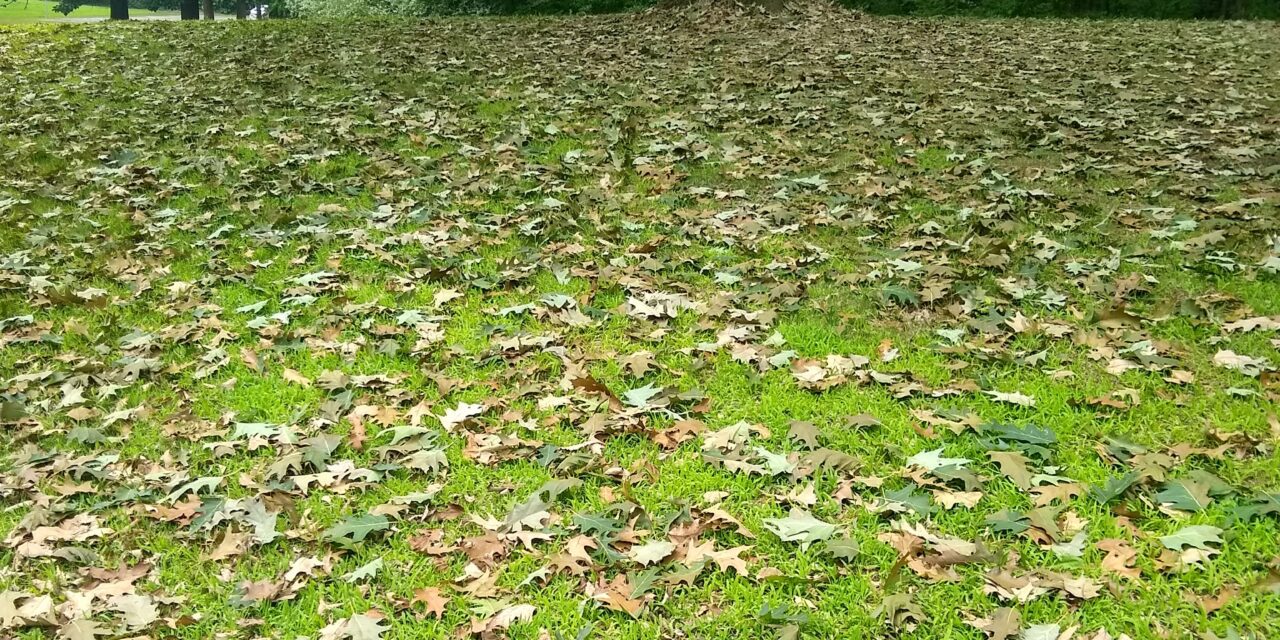Frei, a forest health specialist with the Michigan Department of Natural Resources, describes it as “fall in the middle of the summertime: The oak will just start dropping leaves. They’ll start browning and then the leaves will just start watering down pretty consistently. And then in a matter of maybe a week that tree will almost be naked and whatever leaves [are] remaining will be curled up and crunched.”
Oak wilt has already killed 100-150 oaks in the campground in the Waterloo Recreation Area, Frei says. “For me on a personal level, it really makes me sick.”
“It is a fungus that attacks oak,” explains Tiffany Giacobazzi, Ann Arbor’s Urban Forestry and Natural Resources Planning Coordinator. “For oak in our red oak family which includes pin oak, northern pin oak, red oak, black oak, all those, it’s fatal.”
First seen in the Mississippi River Valley in the 1940s, oak wilt has already devastated large parts of the Midwest including much of Michigan. It hasn’t gotten to Ann Arbor yet, but in addition to the campground north of Chelsea, it’s already in Dexter and Scio Township.
The city counts 4,296 street and park oaks, plus untold numbers on private property. They’re among the city’s oldest trees, and some were here before Ann Arbor was founded. “They can live upwards to 400 years,” Giacobazzi says. “A lot of the bigger oak trees that you see in the city’s urban forest are way over 200 years old.”
With their thick barks, oaks are normally safe from the fungus. But when the bark is pierced by pruning or wind damage, the sap attracts beetles that carry the fungus’s spores to the open wound and into a tree’s hydration system. From there it kills not only the infected tree but spreads through its root systems to nearby trees until it runs out of oaks to kill.
Though many of downtown’s champion oaks are solitary, there are stands of oaks in all of the city’s natural areas. There, Giacobazzi says, the only way to contain an infection is “to trench around the tree at least five feet down with what they call the vibratory plow, and you have to go all the way around–you have to sever all those root grafts from an infected tree so that it won’t go and infect a healthy, adjacent tree.”
That’s what the DNR has begun doing at Green Lake. “We have a couple of trees right now that are symptomatic,” Frei reports, but this year the loss will “probably be minimal [because] when we can deal with one tree and respond quickly, it makes the blow much less.”
Giacobazzi says the best way to prevent oak wilt is not to prune from March through November, and if you must, to paint the area afterwards with latex paint. Same goes with wind-damaged limbs. And, as Julie Stachecki, an oak-wilt-qualified arborist says, “don’t move firewood!”





